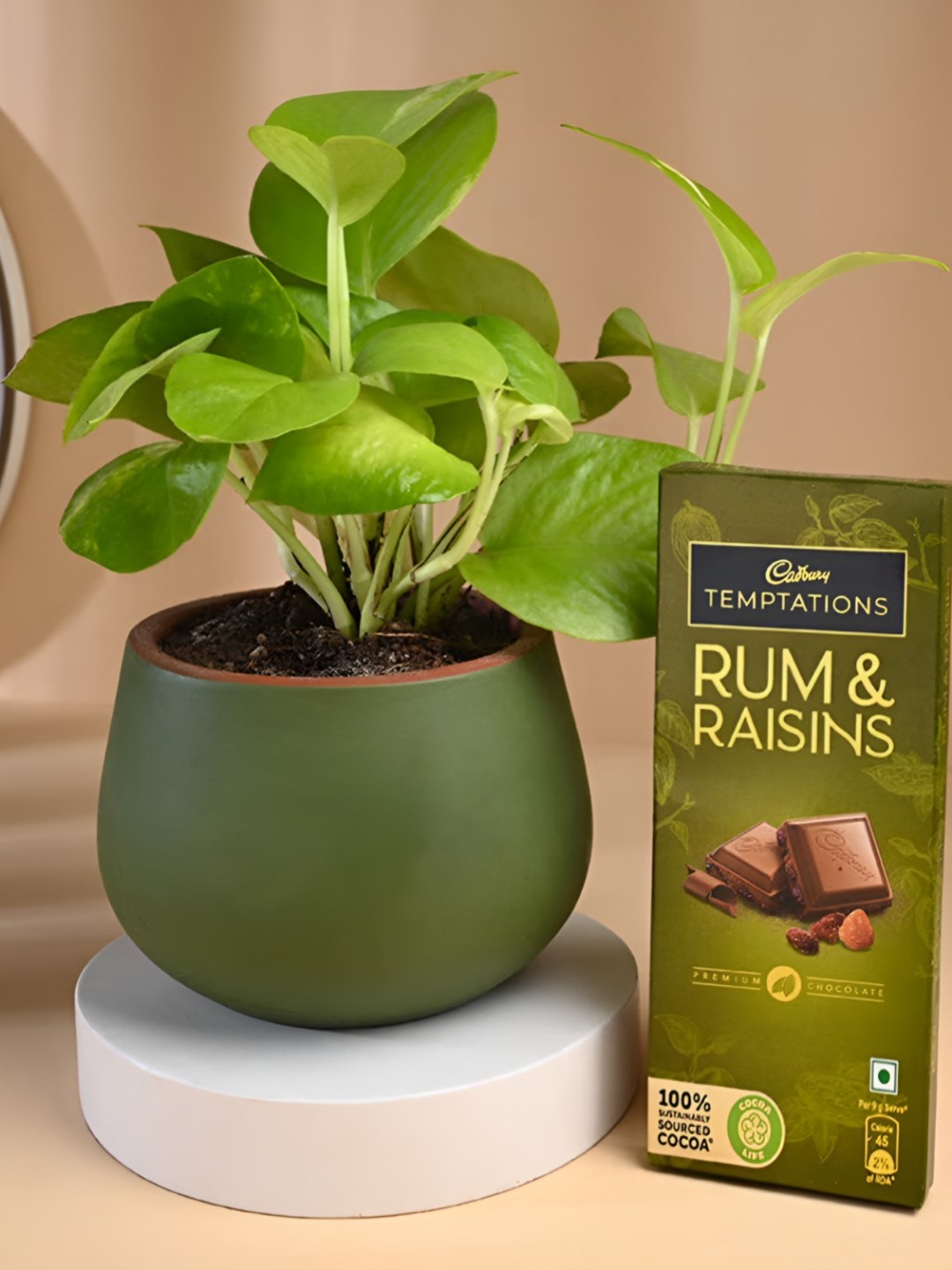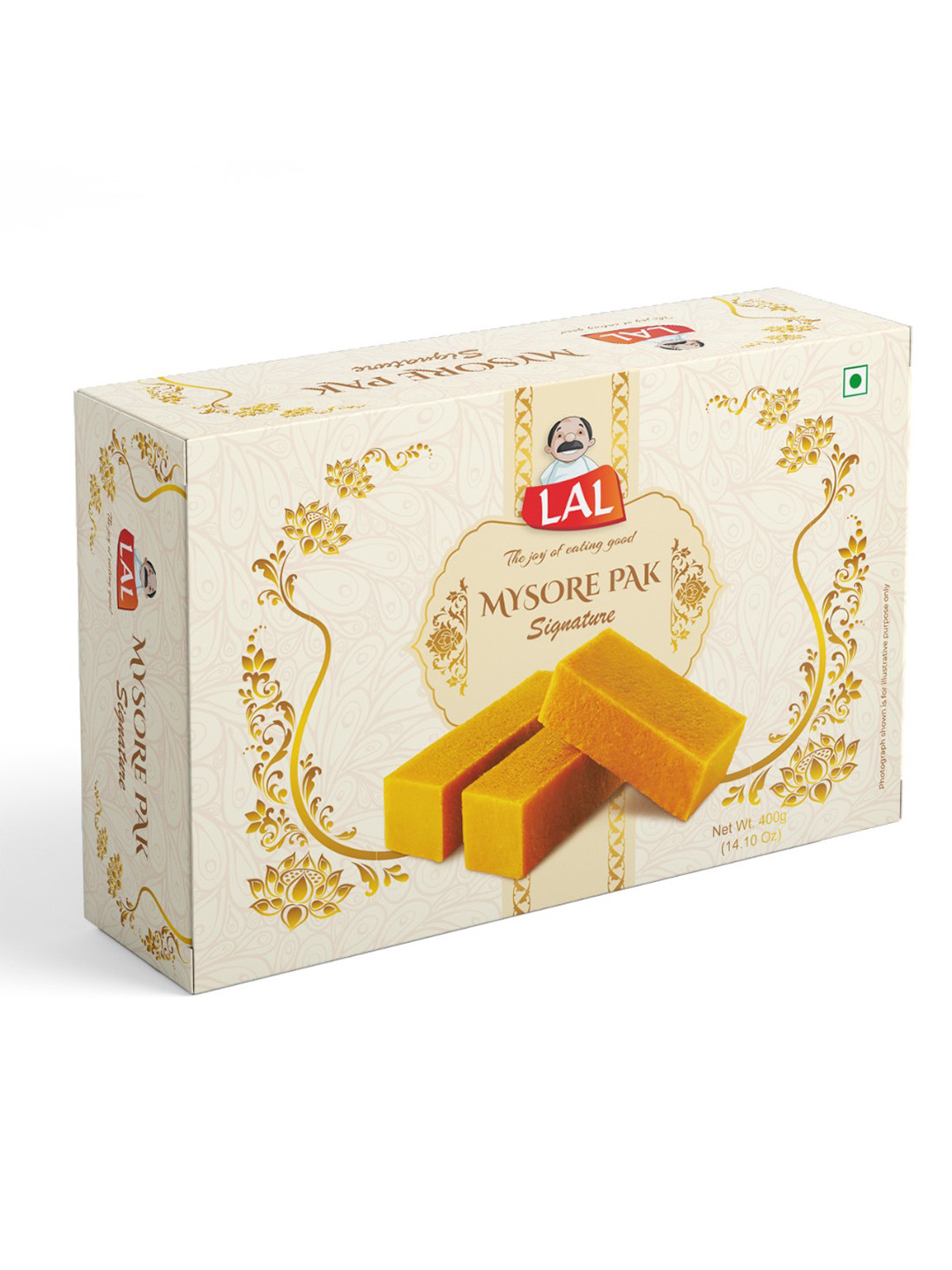Top 10 Lord Krishna's Favourite Fruits To Offer On Janmashtami And Why
Explore 10 fruits offered to Lord Krishna in 56 bhog during Janmashtami, their symbolic meanings, and why they hold spiritual significance in Vaishnav devotion.

Devotees often prepare a colourful fruit offering for Lord Krishna on Janmashtami
Janmashtami marks the birth anniversary of the eighth avatar of Vishnu, Lord Krishna and is celebrated with immense devotion across India. Among the many rituals observed, offering food, especially fruits, to the deity is a cherished tradition. Fruits are considered sattvic (pure) and are ideal for bhog (sacred offerings), especially in Vaishnavism, a major Hindu tradition that focuses on the worship of Lord Vishnu and his various incarnations, particularly Rama and Krishna, where natural gifts like fruits symbolise gratitude, devotion, and nature's bounty.

A traditional Janmashtami chappan bhog thali features Krishna's favourite fruits and delicacies
Photo Credit: Pexels
This year, Janmashtami will be celebrated on August 16, 2025. While religious scriptures mention Lord Krishna's fondness for dairy like makhan mishri and sweets like besan ladoo, fruits are also commonly included in the 56 Bhog (Chhappan Bhog) - a grand offering of 56 items made to Krishna on the day of Janmashtami. Here are ten fruits popularly offered to Lord Krishna, along with their symbolic and devotional significance.
Also Read: Janmashtami 2025: Complete List Of 56 Bhog To Be Offered To Lord Krishna
10 Favourite Fruits Of Lord Krishna To Offer On Janmashtami
1. Mango
Mangoes are widely regarded as one of Krishna's favourite fruits. Their rich flavour and golden colour symbolise prosperity and divine sweetness. In Hindu traditions, mangoes are often included in the bhog as they are believed to enhance the spiritual energy of the offering.
2. Banana
Bananas are considered sacred and sattvic, making them ideal for offerings. Krishna's fondness for bananas is also reflected in devotional stories, such as the tale of Vidurani offering banana peels out of pure love, which Krishna accepted joyfully. This fruit represents humility and unconditional devotion.
3. Pineapple
Though not mentioned in ancient texts, pineapple has become a popular offering in modern Janmashtami rituals. Its vibrant taste and tropical origin symbolise joy and abundance. Devotees believe that offering pineapple invites Krishna's blessings for happiness and prosperity.
4. Apple
Apples are associated with vitality and balance. Their inclusion in Janmashtami offerings is believed to bring health and well-being. Apples also represent completeness, a theme echoed in Krishna's teachings on spiritual fulfilment.
5. Grapes
Grapes, especially black ones, are linked to Krishna's complexion and his association with abundance. A bunch of grapes symbolises unity and collective devotion. Their sweetness is seen as a metaphor for divine love and grace.
6. Pomegranate
Pomegranates are part of the 56 Bhog offerings and are revered for their spiritual symbolism. Each seed represents the many facets of creation, much like Krishna's multifaceted personality. The fruit is believed to invoke blessings of fertility, prosperity, and inner strength.
7. Litchi
Litchis, though seasonal, are often included in summer Janmashtami offerings. Their delicate sweetness and translucent flesh symbolise purity and childlike joy, qualities associated with Krishna's bal leela (childhood pastimes). While not scripturally cited, their use is rooted in regional devotional practices.
8. Plum
Plums offer a mix of sweet and tart flavours, reflecting life's dualities. Though not traditionally listed among Krishna's favourites, their inclusion in modern bhog platters symbolises spiritual depth and the transformative nature of devotion.
9. Cherry
Cherries are not mentioned in classical texts but are embraced in contemporary offerings for their vibrant colour and aesthetic appeal. They represent joy, beauty, and the fleeting nature of life, themes often explored in Krishna's teachings.
10. Kiwi
Kiwi is a relatively new addition to Janmashtami bhog, reflecting the evolving nature of devotion. Its green flesh and tangy taste bring freshness to the offering. Though not traditional, kiwi symbolises the idea that devotion transcends time and geography.
Fruits are considered ideal offerings in Hindu traditions due to their purity, natural origin, and symbolic significance. Many mythological texts highlight the spiritual benefits of fruit offerings, invoking blessings of health, prosperity, and devoted progeny. Fruits also form an essential part of the 56 Bhog tradition, commemorating the meals Lord Krishna missed while lifting Govardhan Hill for seven days. Each fruit offered is more than just a physical item, it's a heartfelt gesture of love, surrender, and gratitude from the devotee to the divine.
To make this tradition even more meaningful, consider choosing fruits from Superplum- an agri-tech startup transforming India's fresh produce supply chain. With the philosophy, farm-to-fork, Superplum ensures you receive the freshest, pesticide-free fruits, sourced directly from farmers, lab-tested for safety, and delivered through cutting-edge cold chain technology.
Ordering fruits on Amazon from Superplum not only guarantees quality and convenience but also supports a more sustainable and transparent food system. So, whether you choose traditional favourites or modern varieties, each fruit carries a prayer for health, happiness, and spiritual fulfilment.
Frequently Asked Questions (FAQs)
1. Which fruits are traditionally offered to Lord Krishna on Janmashtami?
Devotees commonly offer mangoes, bananas, grapes, pomegranates, and apples, among others, as part of the Janmashtami bhog. These fruits are considered sattvic and symbolise purity and devotion.
2. Is there any scriptural reference to Krishna's favourite fruits?
While Hindu scriptures focus more on Krishna's love for butter and sweets, fruits are included in the 56 Bhog tradition and are widely accepted in Vaishnav rituals.
3. Why are fruits considered ideal offerings in Hindu worship?
Fruits are sattvic, natural, and retain pranic energy. They symbolise gratitude, purity, and the devotee's surrender to the divine.
4. Can modern fruits like kiwi and pineapple be offered to Krishna?
Yes. While not traditional, modern fruits like kiwi and pineapple are accepted in contemporary bhog offerings, reflecting evolving devotional practices.
5. What is the significance of the 56 Bhog in Janmashtami celebrations?
The 56 Bhog commemorates the meals Krishna missed while lifting Govardhan Hill for seven days. It includes a variety of sweets, savouries, and fruits offered with devotion.

























